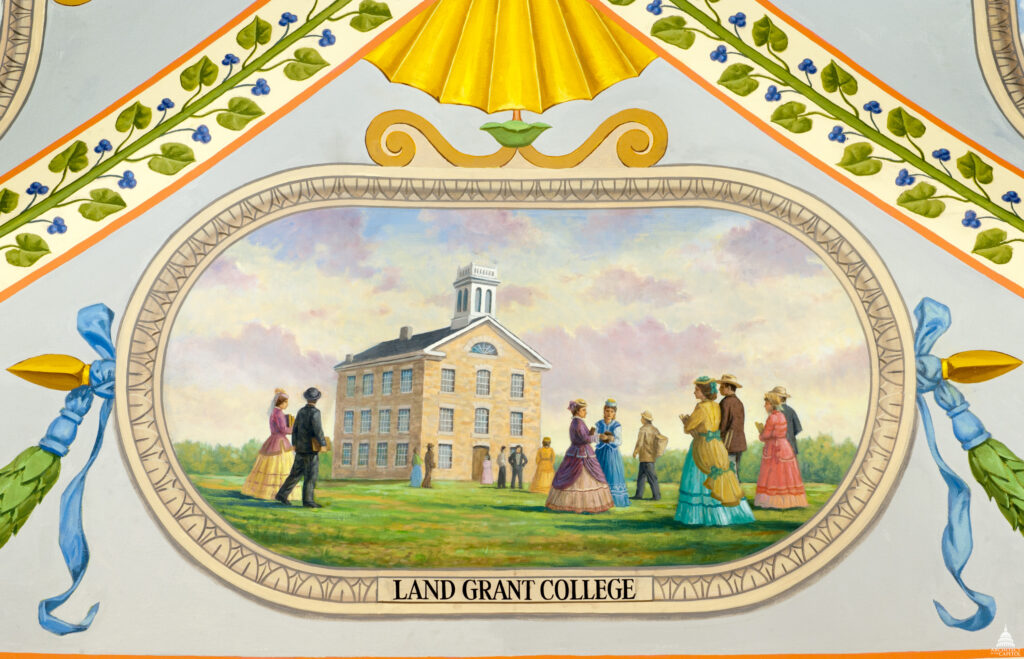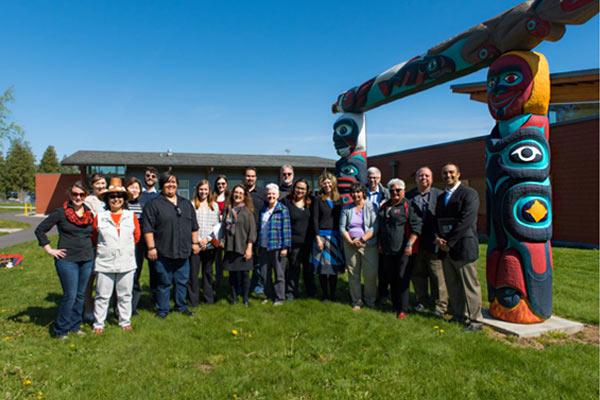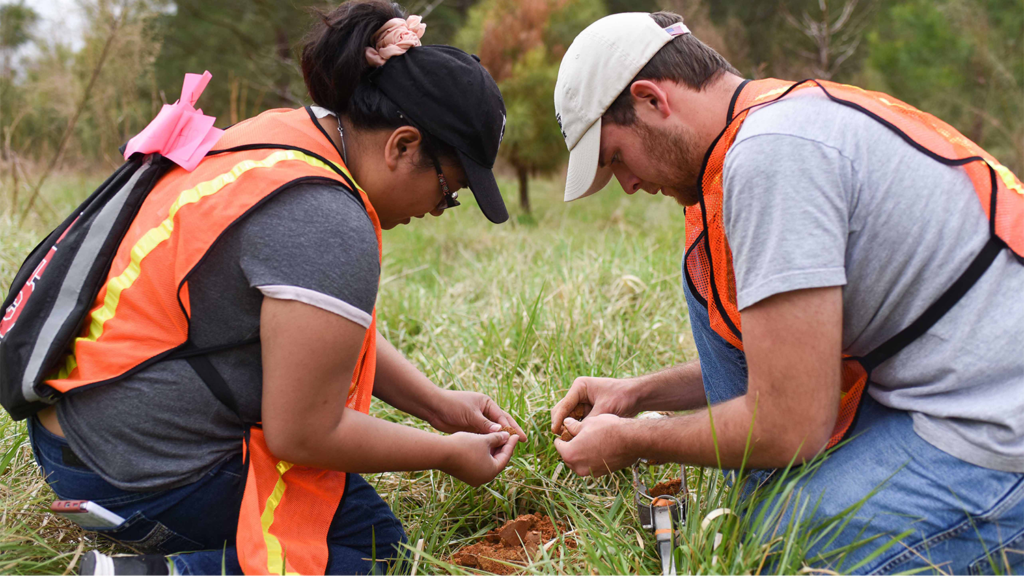On July 2, 1862, President Abraham Lincoln signed into law the Morrill Act, which granted to states a quantity of federal lands to be sold for the purpose of creating colleges “for the benefit of agriculture and the mechanic arts.” Thus began the biggest program of public higher education that the world has ever seen—and along with it the advancement of conservation education, research and outreach.

The act is named for Justin Smith Morrill, a congressman and later senator from Vermont. Morrill believed that the condition of agriculture in the U.S. was declining and saw practical education as the key to reversing that trend. Morrill believed in two principles of higher education—that it needed to be accessible to the general public, not just the wealthy; and that it needed to be practical, teaching skills necessary for the beneficial development of the nation.
States generally responded by creating the required colleges of “agriculture and mechanic arts,” sometimes by establishing entirely new colleges and sometimes by expanding the mission of existing schools. The upshot, however, was the formation of agricultural colleges in every state in the union—then and now known as “Land-Grant” institutions.

The Morrill Act of 1862 has been supplemented and amended many times, but four specific changes were seminal. In 1887, through the Hatch Act, federal funding was added to expand agricultural research, driven by specific needs in each state. Then, in 1914, the Smith-Lever Act added the mission of “extension” and the funding to support it. Extension is the process of “extending” education informally to local communities, especially for improving the profitability and quality of life of rural families and businesses. This was the birth of the “county extension agent,” who provided advice and training to her or his neighbors. In 1890, a category of primarily African-American-serving universities was added to the program (19 exist today), and in 1994 a category of Native-American-serving universities was added (31 currently). Today, the Land-Grant system includes 106 universities.

The Land-Grant definition of agriculture quickly shifted to include more than just growing crops and livestock. Natural resource education, research and extension began with a focus on forestry, but then grew to include conservation and environmental science in general. The vast majority of foresters, wildlife and fisheries professionals, grazing specialists and water and soil conservationists are the products of Land-Grant institutions.
I myself am a product of the Land-Grant idea. I attended and worked at six Land-Grant universities over the course of my career—the University of Illinois, University of Missouri, Cornell University, Virginia Tech, Penn State and North Carolina State University. NC State is a perfect example of the conservation role of Land-Grants. Among its many conservation programs, NC State’s College of Natural Resources has pioneered modern forestry, using advanced tree breeding, tree growth and nutrition, operations research and other management techniques to more than triple the productivity of forests in the southern U.S. At the same time, its programs in wildlife conservation, soil management, hydrology and outdoor recreation have made forestry more sustainable for the wide range of values that forests provide.
Clearly, the foresight provided by Senator Morrill, President Lincoln and their colleagues is the reason that American agriculture is the envy of the entire world and that conservation of natural resources is an established field in higher education and life. As President Barack Obama said on the 150 anniversary of the Morrill Act, “land-grant institutions have helped bring a college education within reach for more Americans and empowered students with the tools they need to get ahead. They have fueled groundbreaking research that has moved our country forward, and they have partnered with rural communities to develop robust solutions to the challenges they face.” And they will continue to do so, as we seek a sustainable world.
References:
National Research Council. 1995. Colleges of Agriculture at the Land Grant Universities: A Profile. Committee on the Future of Land Grant Colleges of Agriculture, Board on Agriculture, National Research Council, Washington DC. Available at: https://www.nap.edu/read/4980/chapter/1#ii. Accessed July 10, 2017.
North Carolina State University. College of Natural Resources. Available at: https://cnr.ncsu.edu/. Accessed March 17, 2020.
Obama, Barack. 2012. Presidential message to honor the 150th anniversary of the Morrill Act. Available at: https://www.usda.gov/sites/default/files/documents/morrill-act-150-anniversary-president-message.pdf. Accessed July 10, 2017.
Staley, David. J. 2013. Democratizing American Higher Education: The Legacy of the Morrill Land Grant Act. Origins; Current Events in Historical Perspectice. The Ohio State University and Miami University. Available at: http://origins.osu.edu/article/democratizing-american-higher-education-legacy-morrill-land-grant-act. Accessed July 10, 2017.
